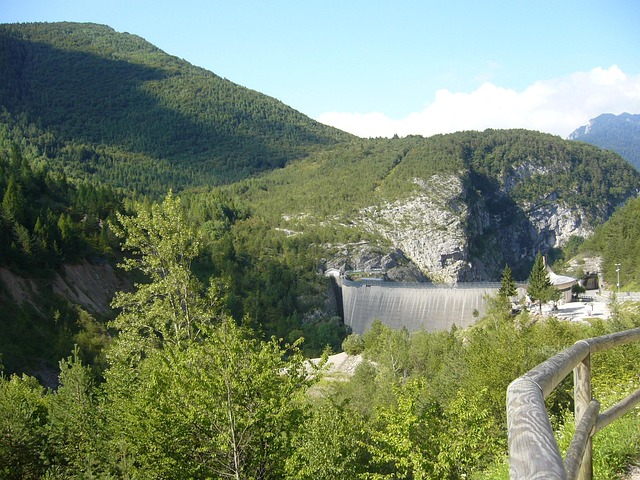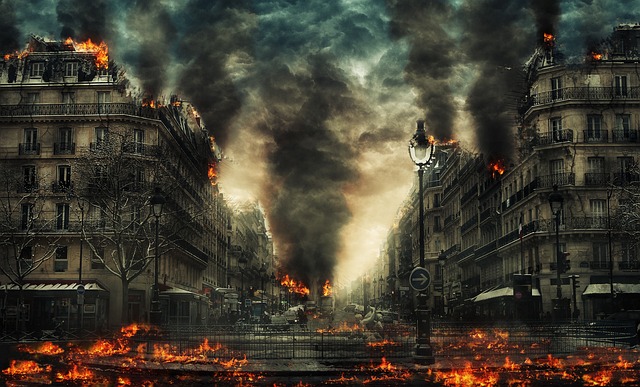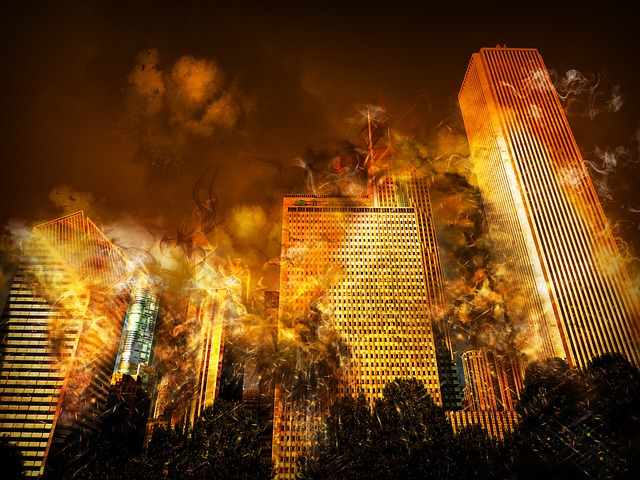Incorporating fire-resistant materials like concrete, steel, mineral wool, and fiberglass in construction is paramount for real estate developers. These materials enhance structural integrity, mitigate risks, and attract safety-conscious tenants and buyers, significantly boosting property value in high-risk areas. Robust fire safety measures, including proper ventilation, suppression systems, regular inspections, smoke detectors, and alarms, ensure occupant safety and provide a key competitive advantage for developers.
In the realm of real estate, ensuring safety is paramount. One critical aspect often overlooked is fire resistance in construction materials. This article delves into understanding fire resistance as a crucial factor in real estate value and marketability. We explore common fire-resistant materials and their diverse applications, from concrete and steel to innovative modern solutions. Additionally, we provide best practices for integrating fire safety into both residential and commercial real estate projects, underscoring the importance of robust construction choices.
Understanding Fire Resistance in Construction: Why It Matters in Real Estate

In the realm of construction, fire resistance is a critical aspect that significantly impacts real estate. Understanding and incorporating fire-resistant materials can prevent devastating losses and ensure the safety of occupants. The importance becomes even more pronounced when considering the long-term value and sustainability of properties in high-risk areas.
Real estate investors and developers must recognize that buildings with superior fire protection measures command higher prices and attract tenants or buyers who prioritize safety. Fire-resistant construction materials, such as concrete, steel, and specialized insulation, can effectively slow down the spread of flames, providing crucial time for evacuation and minimizing damage. This not only enhances the structural integrity but also builds trust among potential residents and investors, making it a key differentiator in the market.
Common Fire-Resistant Materials and Their Applications

In the realm of real estate, fire safety is paramount. Common fire-resistant materials play a pivotal role in mitigating risks and enhancing structural integrity during flames. Among these, concrete is a robust choice, known for its innate resistance to heat and fire, making it ideal for foundations, walls, and roofing. Its dense composition effectively slows the spread of fire, providing valuable time for evacuation.
Another widely used material is steel, particularly in modern construction. Steel frames and components offer excellent structural support even under extreme heat conditions. This durability ensures buildings maintain their stability during fires, preventing collapse and further damage. Additionally, fire-resistant insulation materials like mineral wool and fiberglass are integral to creating a protective barrier against radiant heat transfer, significantly reducing the impact of flames on interior spaces.
Best Practices for Incorporating Fire Safety in Residential and Commercial Real Estate Projects

When embarking on real estate projects, whether residential or commercial, incorporating fire safety measures is paramount. Best practices include selecting fire-resistant construction materials that meet industry standards and regulations. For instance, using non-combustible or slow-burn building products can significantly enhance a structure’s fire resistance. Insulation, roofing, and wall finishes made from such materials create a protective barrier against flame spread.
Additionally, proper ventilation and the implementation of fire-suppression systems are vital components of fire safety in real estate. Regular inspections and maintenance ensure these systems remain operational, allowing for quick response during emergencies. Moreover, installing smoke detectors and fire alarms not only provides early warning but also facilitates timely evacuation procedures. Integrating these practices ensures the safety and well-being of occupants while enhancing the overall resilience of the property against fires.






